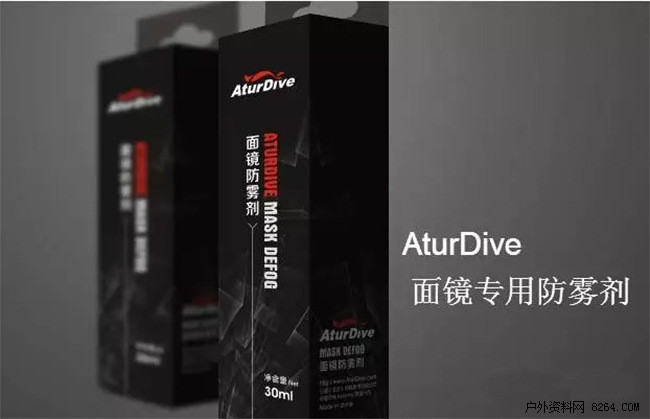Step two A: BC, wearing behind a wetsuit. B: Staying tight with the body (the tightness of the chest) is too tight to cause squeezing. Too loose will move up and down. Step three A: The snorkel has a fixed strap attached to the left side of the mirror strap (the right position is the position of the adjuster during scuba diving). B: The position of the snorkel is mounted in front of the ear on the left side of the mask. Step four A: After the mask is worn, the front hair must be removed to prevent the mirror from leaking. B: In order to prevent the mirror from being blurred, you can use light water to gently smear, tobacco, seaweed is also a good method, do not forget there are defogging Oh. Step five A: Before the belt frog shoes are put on, adjust the length of the buckling band first, and usually there is no left or right point. B: Shoe-type frog shoes are the same as wet-type wet suits. They must be wetted with water before they can be put on. Step six A: The weight belt is attached to the waist and it is the last thing to wear so that it can be untied at any time. B: The counterweights are placed on both sides so that they can be easily balanced during snorkelling. C: The weight portion of the weight belt must be removed, and it must not exceed 15-500px. Use of breathing tubes and drainage 1: When immersed in water, the water will be immersed in the snorkel. Therefore, it must float to the surface and blow air to remove the water. 2: Inhale slowly, exhale hard blow. The water in the pipe must be eliminated with a single blow. 3: When diving into the water, do not exhale in the water, so as to avoid floating on the surface, there will be no air to drain the snorkel. Mask extrusion and drainage 1: Increase in external pressure during descent will cause crushing. Must be ruled out to avoid face injury. 2: The nose blows slowly at this time. 3: Return to normal state. 4: When the mask enters the water, the head slightly rises, pressing above the mask, and the nose slowly blows air to remove the water. Use of flippers 1: The use of fins is the same as that of freestyle foot movements. The knees should not be bent too much and fluctuate greatly. 2: Stretch your chest straight and face forward. 3: Beginners should use softer fins. Open water technologies 1: Use exchange exercises for snorkels and regulators. 2: Two people share the practice of a regulator. This is the treatment when one of the air cylinders runs out or fails. 3: The method of removing water from the regulator. 4: Rest on the water (the mirror can be taken down). Diving for a long time makes eyestrain (high pressure) easy. 5: Mask drainage method 6: Regulator breathing method = this is called "scuba diving." 7: Emergency rise method when in distress. If you accidentally get caught in the water or get caught in a foreign object, remove the air cylinder and the counterweight belt and take it to the surface. Do not practice by yourself. It is recommended that you learn these techniques and must check with your professional trainer who holds an internationally recognized license to check your equipment before departure and collect information on dive sites. 1: The tide of the diving point. 2: The local climate. 3: Local authorities or government-related laws and regulations. (There may be control. There is no need to report...) 4: The nearest emergency station and phone. 5: There may be potential guidance (unfamiliar waters). Choose the right water point 1: The storm is too big to fit into the water from the shore. 2: When walking toward the sea, when the depth of water reaches knees, care must be taken not to be washed away by waves (when equipped with equipment, it is not easy to maintain balance). 3: At the depth of the water and waist, grasp the moment when the waves recede and swim to the sea. (Try to choose steep slopes) 4: Diving can be done directly on the top of the reef or on the edge of the harbor (edge ​​of the embankment) or onboard the water. Type of diving 1: The height of the standing vertical diving water must be more than 1.5m, and the legs should be opened before and after, and the two hands hold the mask and the air tube strap. 2: The back (seat) diving is only suitable for use when entering the water from the boat. 3: Frontal (seat) diving is suitable for beginners. 4: Sideways into the water like the frogman troops, from the rubber boat, rolled into the water lying prone. * When diving into the water, do not have a breathing tube. Please use the regulator to dive directly 1: If you do not use BC. 2: Feet frist with BC is a kind of descent method on the foot. With the weight belt, the air in the BC can be let go and it can sink. The advantage of this method is that it is easier to perform ear pressure balance and maintain a sense of direction, and it has strong contact with peers. Contemporary and stylish - raw, satin aluminum office signs for any business, restaurant or building project. Modular sign frames featuring anodized aluminum frames and high impact plastic end caps. These curved-face sign frames include your company name and/or logo. The end caps and sign dividers are available in black or grey plastic. Curved Plate,Custom Plaques,Conference Signs,Aluminum Name Plates Chengdu GodShape Sign Co., Ltd , https://www.signsgs.com





Removable, clear lenses on top and bottom portions of this sign. Main sign portion includes second-surface black vinyl text or graphics (vinyl is placed on the bottom side of clear lenses to avoid tampering or vandalism).
What's ideal about these sign frames is the ability to order new lenses - for room number or employee updates and changes - no need to order an entirely new sign frame. The clear, non-glare lenses are easily removed and replaced with the aid of a suction cup.
The curved sign frame on this page features a curve from left to right. Dimensions to consider when ordering are the actual frame dimensions, as well as the clear lens sizes. Signs feature a 2" Header area that can also serve as a footer by turning and mounting sign frame 180 degrees.
Curved office sign frames are a stylish and easy addition to any building project, new construction or businesses needing to add one sign at a time. Great modular wayfinding solution.
Please call for numerous size variations not listed on this page.
Diving start so easy!
Remember your first dive lesson?
The more often the content is simple,
The more easily overlooked.
Let's review the fundamentals of diving.
Equipment wearing method
step one
A: Dry-type wetsuit: The material contains "base material" is more smooth. Can be worn directly.
B: Wet wetsuit: The body and wetsuit must be wet before they can be put on.
C: Wet wetsuit: If it is winter, use talcum powder or gardenia powder and apply it inside the wetsuit. Especially for the hands and feet, to facilitate wearing.
D: Do not pull with your fingernail when you wear it to prevent tearing.